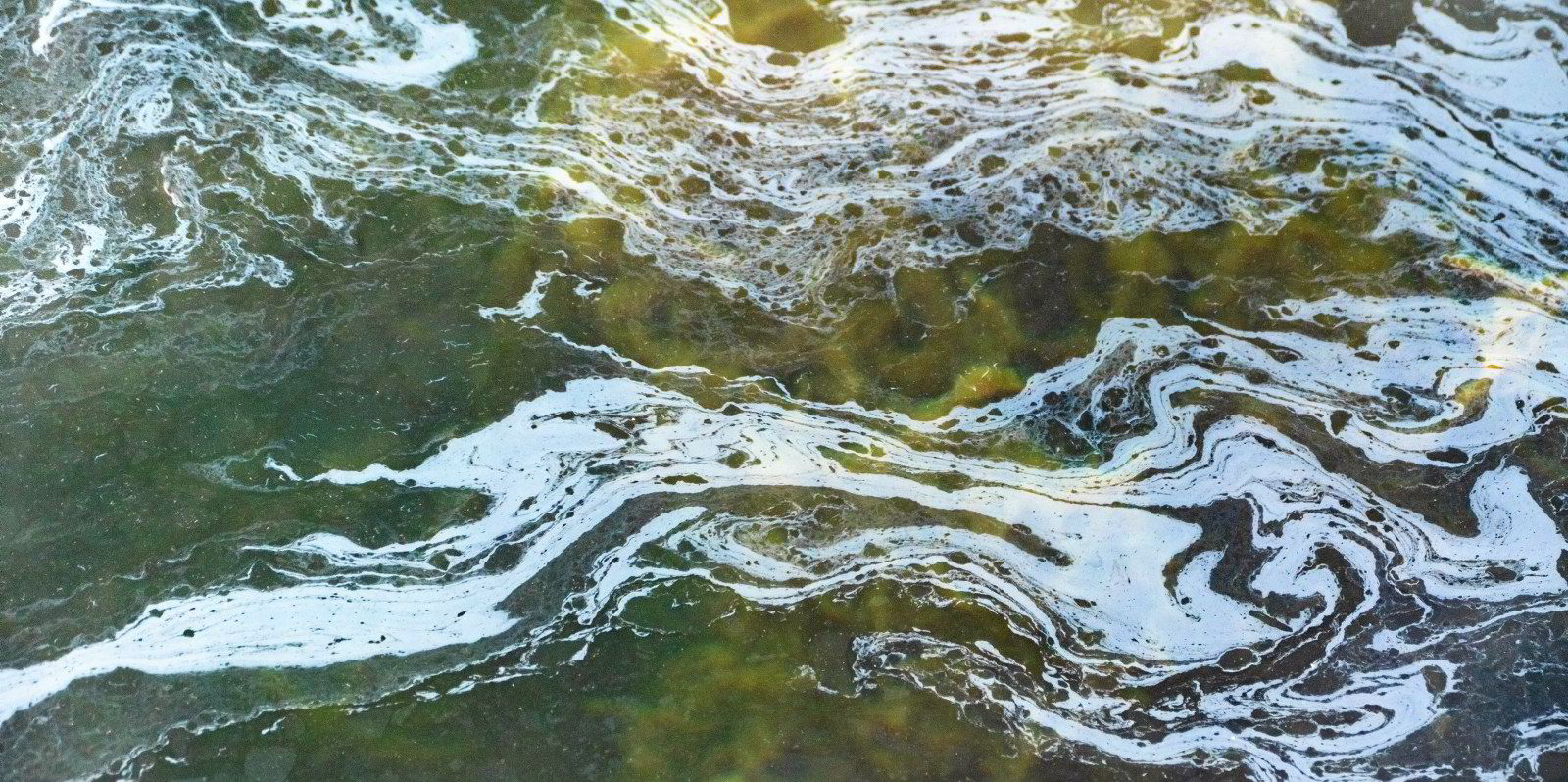Sri Lanka has used satellite technology for the first time to pin the blame for an oil discharge on a United Arab Emirates-controlled tanker.
The Daily News reported that the incident caused an 11.2 km-long oil slick covering 1.0 square km.
A fine of LKR 15m ($48,000) was imposed by the Maritime Environment Protection Authority (MEPA) on the 13,500-dwt Global Crest (built 1996).
Analysts at the CLS Institute in France told MEPA they had confirmed using satellite technology that the discharge took place on 4 February from the ship, which had been plying a route around the south coast.
MEPA officers investigated the tanker’s route and said it had been heading to anchorage off Colombo.
On arrival 11 km off the capital city, the local agent was contacted and then the vessel was inspected on 6 February.
The Global Crest was detained and the maximum fine was imposed under Sri Lanka’s Marine Pollution Prevention Act.
The penalty was then paid and the vessel was released on 9 February.
MEPA chairman Asela Rekawa said the success of the detection in this case was proven by Sri Lanka being able to take action against the tanker.
He added that the incident also reflected the need for long-term international cooperation to combat pollution.
The vessel is listed as operated by Glory International of the UAE, which could not be contacted for comment.
Satellite data showed the ship had arrived at Galle anchorage on 3 February and left the same day, arriving at the Colombo anchorage on 5 February.
The Global Crest had left Port Klang in Malaysia on 26 January.
The ship was en route to the UAE, where it has now arrived.






